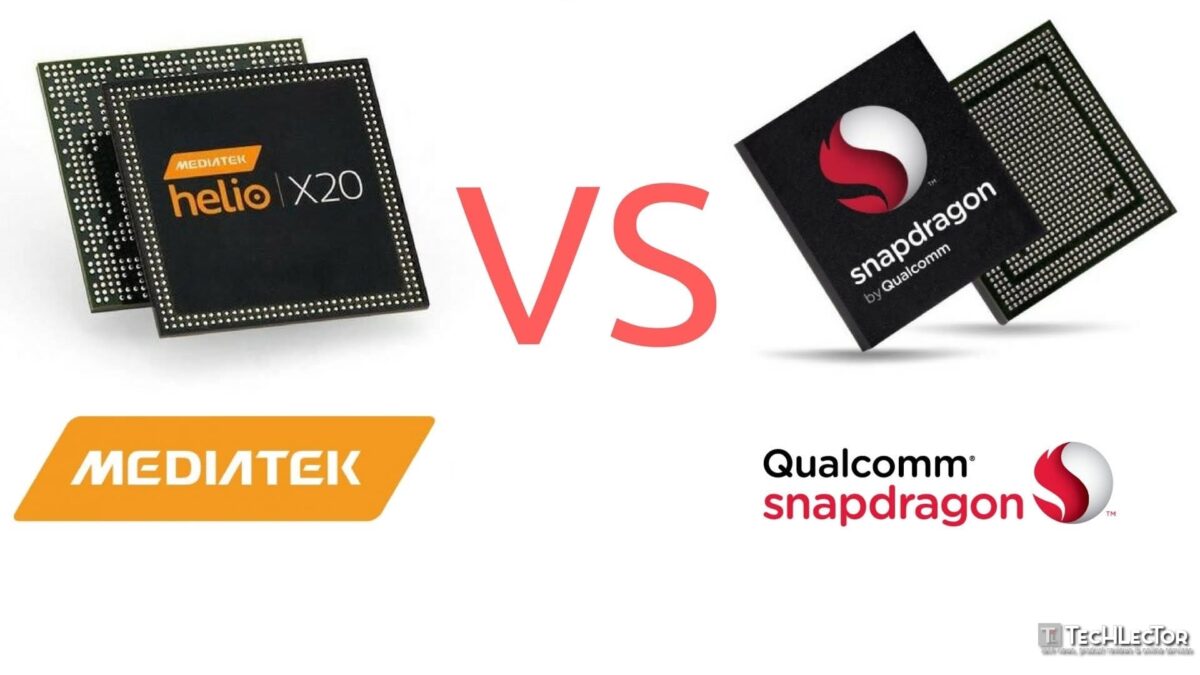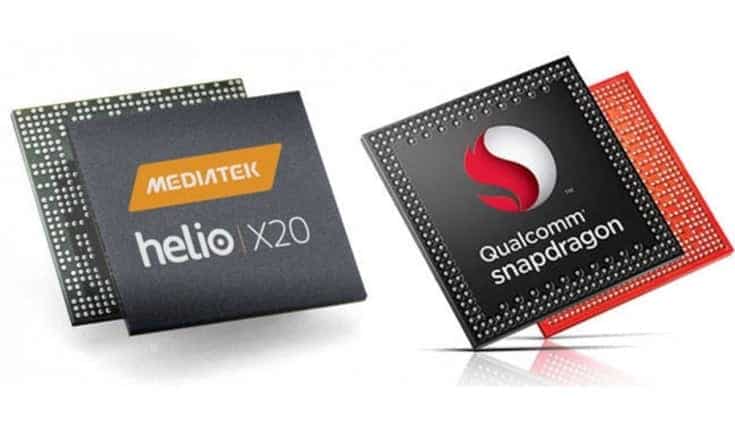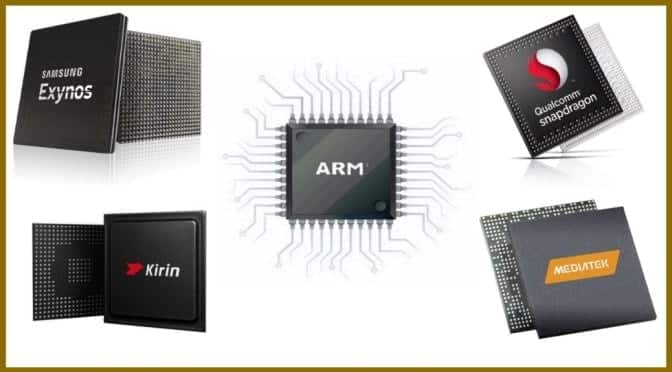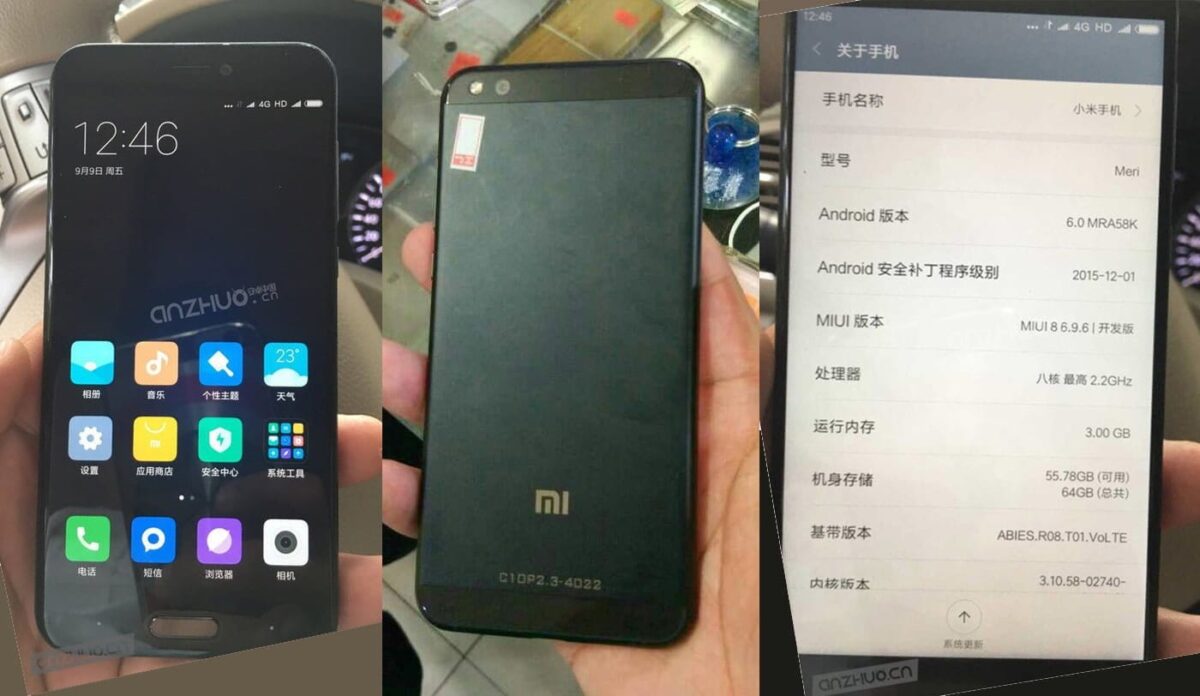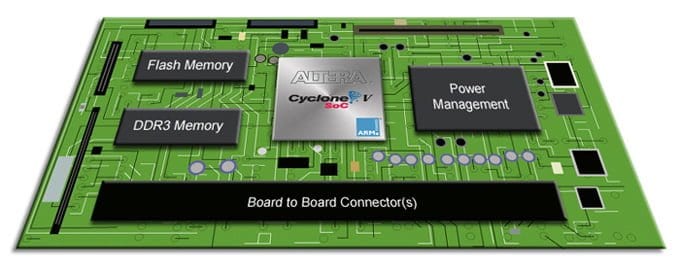The MediaTek vs Snapdragon showdown is about to begin. The battery consumption between MediaTek and Snapdragon processors will be explained in this article. This is like the debate of the decade, everyone wants to know which chipset has the potential to reduce battery life faster. This is very important to know especially if you’re buying a new smartphone in this modern age.
Page Contents:
Of course, there are a lot of factors that can determine how fast a smartphone’s battery drains. One of it is the chipset no doubt, but you have to remove other factors before focusing on a chipset. Because at the end of the day, a chipset will only do its bit and you have to do yours as well by trying everything within your power to preserve your battery’s lifespan.
Before we get to that debate of which chipset between MediaTek and Snapdragon drains more battery. We need to know more about the processors and how a chipset determines what happens to a smartphone and its battery. The brain behind a smartphone is a chipset, the chipset can, of course, tell us how powerful a smartphone or device may be. Powerful in terms of performance and power efficiency.
What Is A Chipset?
A Chipset is known to be a collection of integrated circuits which was designed and built by a company to perform jointly as a single unit in order to execute a task or tasks within an electronic device. With that being said, a chipset determines what happens on a smartphone and how well it will perform.
What Is A Chipset On Phone?
The modern day smartphone comes with a chipset of course but that’s not the only thing powering the device. Unlike in computers, the chipset powering a smartphone is called “System on Chip” (SoC) instead of the motherboard. This is because the CPU is soldered on the Chipset, this is done to save a lot of space due to the small space on a phone. It’s also worthy to note that this tends to increase performance as well because they will be working hand in hand directly.
Chipsets Are Not Processors
Before we begin the MediaTek vs Snapdragon battery consumption comparison, it’s important to know that chipsets are not just processors. It’s very wrong to call them just “processors” because they are much more than that. In general, chipsets offer more cores per processor. The chipsets on smartphones come with a central processing unit soldered into them, making it more than a processor.
Processors are designed by the ARM, a different company who creates 64-bit cores like ARM Cortex-A35, ARM Cortex-A53, ARM Cortex-A55, ARM Cortex-A57 and the rest. The company also create 32-bit cores that power budget-friendly smartphones. Then the chipset makers integrate these processors in their chipset and tweak them to their taste.
The chipset acts as a data flow management system and manages data flow between the processor, memory, and peripherals. The modern-day chipset for smartphones was built specifically to work with a number of microprocessors. It manages and controls the communication between processors and the device, making it play a vital role in a Smartphone’s overall performance and battery consumption.
MediaTek Vs Snapdragon – Popular Beliefs
MediaTek has been believed by a lot of people to be a big battery consumer, compared to the Snapdragon which almost everyone believes uses very little battery. This is NOT totally true and fast battery consumption can be caused by so many factors on either chip.
MediaTek chips have also been accused in the past as well of having greater heating rate due to quite a number of processor cores on the chip. This is totally true and can lead to fast battery consumption compared to the Snapdragon which experiences less heat. Even though the Snapdragon 810 took everyone by surprise when it had similar heating rate experienced by budget MediaTek chips.
The Snapdragon chip comes along with Adreno GPU, a graphics processor designed by Qualcomm. While Smartphones powered by MediaTek chip houses a small graphics chip which is integrated to chipset buy is it’s not manufactured by MediaTek. This might cause fast battery consumption when processing graphics on the MediaTek powered smartphone compared to the Snapdragon.
MediaTek Vs Snapdragon – Price Difference
Generally, MediaTek chips are often cheaper compared to Snapdragon SoC. Because of the price difference, a lot of people might think the Snapdragon should be much stronger and power efficient. I mean, if it’s that expensive it has to be good right? But that’s not always the case.
No doubt Snapdragon chipset is the premium chipset, but that doesn’t necessarily mean everything expensive is that great. We can testify to this in modern-day smartphones, just because the One Plus 6 is cheaper than the Samsung Galaxy S9 doesn’t necessarily mean it won’t beat it in benchmarks.
One of the reasons Snapdragon chips are expensive is because it’s integrated with its own GPU (Adreno) which was designed by Qualcomm as well. While the MediaTek chip depends on either ARM’s Mali graphics processor, PowerVR and other 3rd party graphics processor.
MediaTek Vs Snapdragon – Performance
MediaTek’s chip is top performers no doubt thanks to their extra core processor. MediaTek chip comes with separate cores which clocks at different speeds and enables intensive and heavy task performing. They also perform very well in multitasking especially when it comes to heavy apps, but you might experience a little heating here and there.
However, Benchmark tests often reveal how powerful the Snapdragon is in terms of performance compared to MediaTek. This is actually real tests by real people, Snapdragon chip is perfect for heavy multitasking, handling heavy and intensive tasks and gaming. Even with all these, you’ll experience less heating problems compared to the MediaTek. Only the Snapdragon 810 experienced a lot of heating issues.
Nonetheless, the performance of the MediaTek chipset, when compared to a Snapdragon chipset, depends solely on the components the chip is made of. MediaTek’s premium Helio X series chip outperforms Snapdragon 400 series no doubt. But that might not be the same when compared to the latest Snapdragon 845 chip or the 800 series.
MediaTek Vs Snapdragon – Real Facts
Snapdragon chips are made by Qualcomm, an international semiconductor, and IT equipment producing company. The company was founded in 1985 with its headquarters in San Diego, California, United States. While MediaTek is also an international semiconductor company that was founded in 1997. The company headquarters is located in Hsinchu, Taiwan.
With so many years difference, it won’t be surprising if Qualcomm delivers more quality chipset than MediaTek. But like we always say, age (years) is nothing but a number and MediaTek is already proving that. They both create chipsets with multicore processors, from 1, 2, 4, 6, 8 and 10. Even though the popular chipsets has either 4-cores or 8-cores popularly called Quad-core or Octa-core.
Does More Cores Equal Better Battery Life?
Not entirely true, it’s actually the other way around. Even though MediaTek has started trial production of a 12 core chipset, this won’t necessarily equal to a better battery life. The latest generation X chipset series from MediaTek have 10-cores of processor aka deca-core. However, it’s not about how many cores are in a processor but what each core is doing.
Even though more cores may tend to improve performance significantly but it also depends on other factors like memory and RAM. A chip with many cores might drain less battery if it shares workloads across multiple CPU cores. So, it all boils down to what the cores are doing. If the workloads are shared between the cores then this might significantly increase performance and improve battery life.
Because you need more cores to run multiple tasks simultaneously with great efficiency. Even if a chip is integrated with 8-cores or 10-cores of processor, it can’t run more than 4-cores at a time. Although, if the chip is AI-powered, it will smartly switch between them according to how much power they need at a time. With AI being prominent now, it’s not surprising seeing chipset with 10-cores of processor. But this doesn’t necessarily mean it equals to a better battery life.
MediaTek Vs Snapdragon – Process Technology
Battery consumption between MediaTek and Snapdragon chips depends on a lot of factors, one of it being the process technology the chip is designed with. A process technology or technology node (can also be called process node) is a specific semiconductor manufacturing process designed by a company with its design rules.
Different process nodes are built with different architectures and circuit generations. In the modern day smartphones, the chipset is designed with different process node or process technology like it’s popularly called. Chipset powering smartphones are built either on 28nm, 22nm, 20nm, 16nm, 14nm 10nm and more recently Qualcomm announced it’s working on a chipset that’s manufactured on a 7nm process node for smartphones.
The “nm” here stands for nanometer which refers to the smallest “half-pitch” between identical features on the chip. In general terms, the smaller the process node, the smaller the feature size. When the feature size is smaller it produces smaller transistors which are both faster and more power-efficient. The modern-day 10nm process technology on flagships use FinFET transistors with a 30-40s nm fin pitches, making it more power-efficient than its predecessor.
MediaTek Vs Snapdragon – Battery Life
Instead of looking for which of the two chipset drains battery life more, how about checking the process technology of each chipset powering the smartphone you’re using or the one you intend to buy. Chipsets manufactured on a 28nm process technology will not be more power-efficient than the one manufactured on a 16nm process technology, and it doesn’t matter which company created the chipset.
A chipset manufactured on a 14nm process technology will not be more power-efficient than the one manufactured on a 10nm process technology. Power efficiency in this aspect means how a smartphone can use less energy (battery power) to perform the same tasks as it normally would. So the smaller the process node the more power efficient the chipset will be.
Conclusion
No doubt MediaTek chipsets are known to consume more power compared to the energy efficient Snapdragon. But this is because a lot of MediaTek chips are built on a 28nm process technology, well except for the Helio P series. MediaTek is also improving their processors, with the Helio X series being built on a 10nm process technology.
